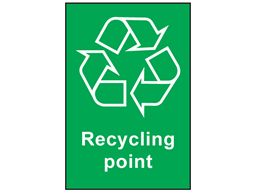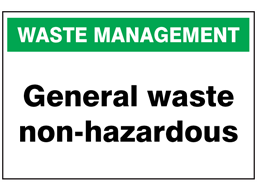Why recycle?
Waste has a negative impact on the environment; therefore recycling is the best way to have a positive impact on the world. Here are a few reasons why:
Environmental purposes:
· Landfill sites release harmful chemicals and greenhouse gasses into the environment. Recycling will help reduce the pollution which is caused by waste, this then helps to battle climate change. This can result in land contamination.
· Current UK recycling is predicted to save more than 18 million tonnes of CO2 a year – equivalent to taking 5 million cars off the road.
· Climate change is caused by deforestation. Recycling will result in reducing the need for raw materials so that rainforests can be preserved.
· Finally, Energy is used when making raw materials, recycling will require less energy and therefore helps to preserve natural resources.
Welfare to humans and animals
If you do not recycle you can damage human and animal health and welfare. An example of this is primary and secondary exposure to toxic metals, such as lead, results mainly from open-air burning used to retrieve valuable components such as gold. Combustion from burning e-waste creates fine particulate matter, which is linked to pulmonary and cardiovascular disease.


How Label Source can help.
Label Source is passionate about recycling and would like to help you and your company to become green. We provide a range of recycling signs to help prompt people to identify locations for collection and storage of products for recycling. Apart from general recycling points, there are specific signs for aluminium cans, glass, plastics, newspapers, engine oil, metals, clinical waste and non-hazardous general waste. The signs can form part of a waste recycling programme to minimise the use of resources, process waste, and to prevent products going directly into landfill.
These signs are used in manufacturing, retail, construction, schools and colleges, hospitals, public areas, offices, warehousing and distribution. All the signs cover the mobius loop symbol to signify recyclable products, whether solid or liquid. They can be used at recycling centres, on waste bins, wheelie bins, bottle banks, trash cans or sharps / needle stick disposal boxes. Start promoting recycling today to prevent environmental consequences.